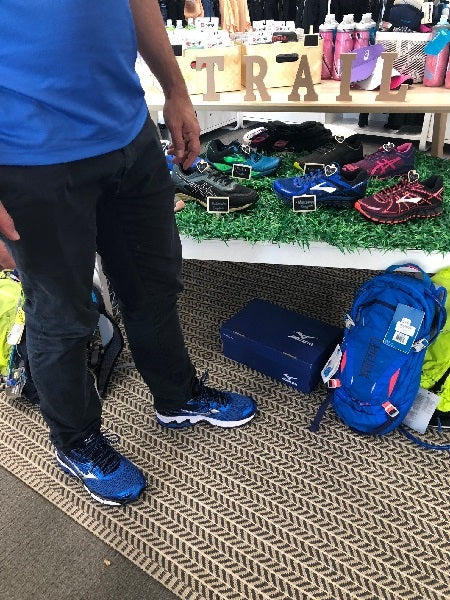After suffering a sudden hip injury 3 weeks from the Gold Coast Marathon, Rach from Shoes Feet Gear got onto the Alter G Treadmill at XPhysiotherapy in Toowong (Brisbane) to keep her training up. Check out her experience in the below video.
Bookings for the Alter G can be made here with costs for casual sessions and packages.
Untimely Injuries!
Injuries can stop patients in their tracks, right when they are leading up to an important event or when the new 'get fit' program is powering along. This can be emotionally traumatic for patients as they have invested a lot of physical and emotional energy to get to this point, only to be forced to stop. We now have an alternative to making patients stop their training.
Don't Stop Completely
As practitioners, the last thing we want to do is to stop patients training - its not good for their motivation, the rest of their body and we now know that its not good for the injuries we are trying to treat.
The key to managing many injuries is to manage the load through the injured structure. Too much load (or force) through the injured and weak structure means that further tearing and injury occurs, setting the patient back a step. However, too little load and the injured structure isn't stimulated to strengthen and heal.
Manage the Load
The difficulty with managing patients return to running programs is that there is a really big difference between the load and energy going through the body with walking compared to running.

Running on a treadmill with zero gravity sounds far fetched, however this patented NASA technology is now easily accessible to the general public. These amazing treadmills allow the gravity to be adjusted from zero to 100 percent of the patients body weight. This allows the patient to run with a minimal amount of load through the injured structure, however the same movements and running patterns are being used as normal.
Maintain the Gains
This has a multitude of benefits from maintaining flexibility, preserving the motor patterns (technique), retaining the routine and psychology of running as well as accurately bridging the gap between the walking and running load.
Injuries that Benefit
Most injuries that we see in our Brisbane Sports Podiatry clinic can benefit from this technology and tendon and bone injuries in particular. Here is a list of injuries that would benefit greatly from using a Zero Gravity Treadmill as part of the return to run rehabilitation:
Bone Injuries:
- Tibial stress reactions/shin splints
Tendon Injuries:
- Insertional Achilles tendonitis,
- Medial tibial stress syndrome (shin splints - medial)
- Knee cap pain (patello femoral pain syndrome)


